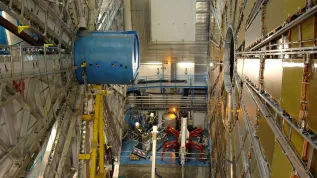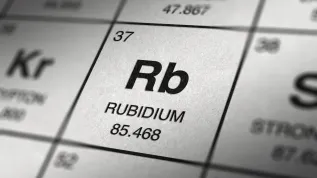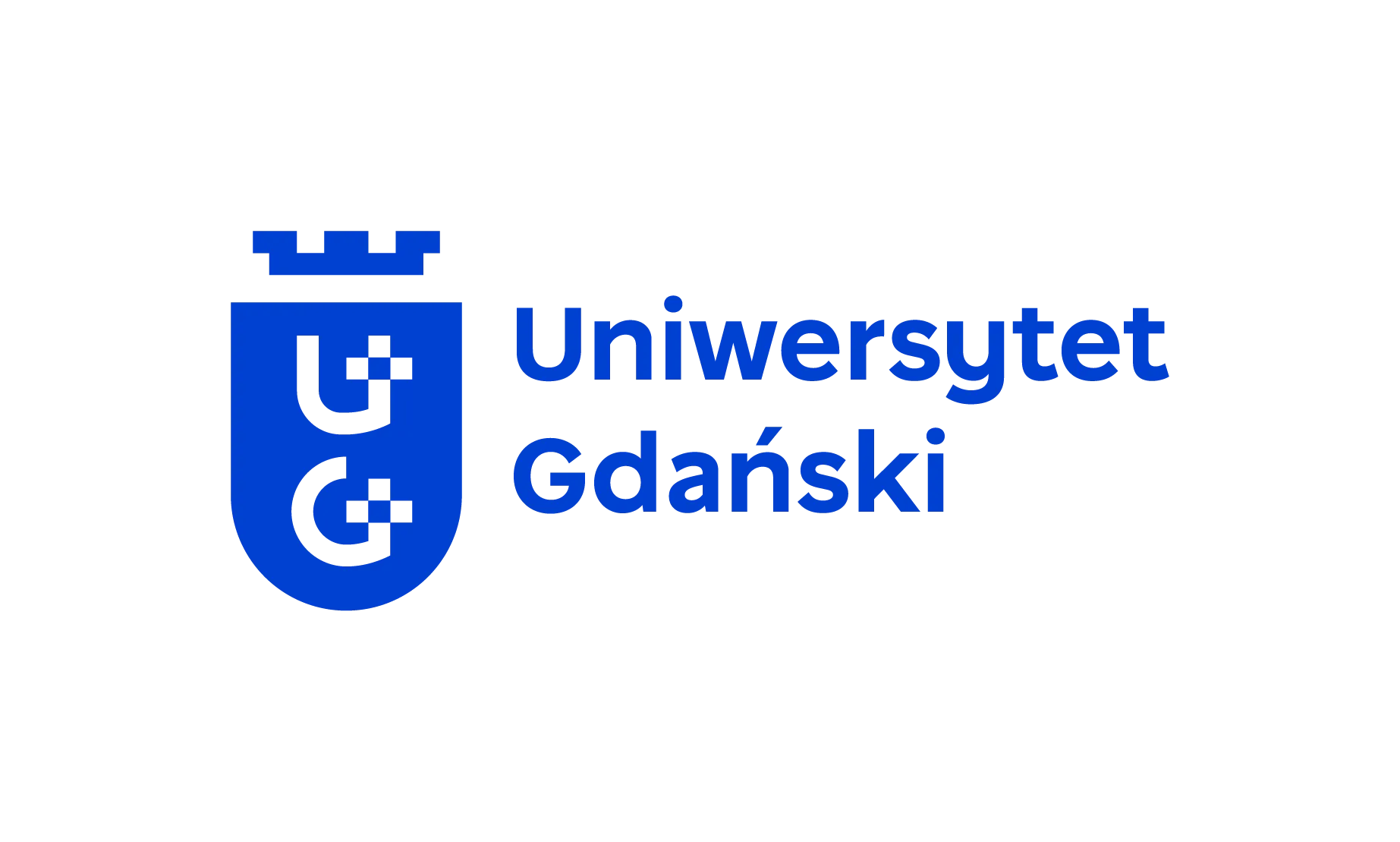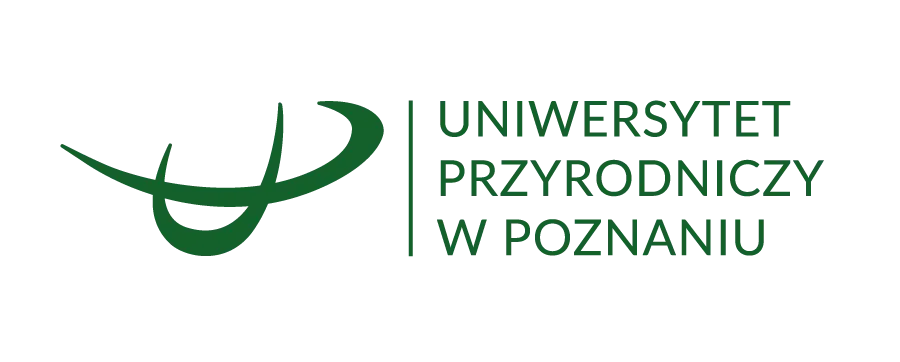
An international team of scientists, including Polish researchers, has detected hydrogen isotopes from fusion fuel during a laser demonstration at the Joint European Torus (JET) tokamak. This laser technology allows to determine the chemical composition of samples in fusion reactors, among other things.
Scientists and engineers from eight nations, including Poland, have demonstrated the use of lasers on the Joint European Torus (JET) tokamak, the Institute of Plasma Physics and Laser Microfusion spokesperson Ewa Nowacka reports in a release sent to PAP.
A tokamak, a device for conducting a controlled fusion reaction, is a coil in the shape of a donut, made of a single section of tightly wound wire.
The experiment used laser-induced breakdown spectroscopy (LIBS). This analytical technique uses a high-powered laser to measure the composition of a material. It was deployed using a remotely operated robotics system on JET.
The researchers have proven that lasers are a viable technology for measuring the retention of thermonuclear fuel in future fusion reactors. Their system detected JET's fuel mix of tritium and deuterium (D-T) on the tokamak's plasma-facing components
'The experiment was the culmination of several years of efforts to create a method for measuring fuel retention and the accumulation of impurities in the walls of thermonuclear reactors such as ITER. The Institute of Plasma Physics and Laser Microfusion has played an important role in this research from the beginning, which will now focus on developing artificial intelligence models to analyse the LIBS measurements in real time', says Paweł Gąsior, PhD, from the Department of Fusion Plasma Research at the Institute of Plasma Physics and Laser Microfusion
The JET tokamak can produce large amounts of energy in thermonuclear reactions. The high-performance D-T fuel mixture it uses will be used in future thermonuclear power plants.
Jari Likonen, Principal Scientist at VTT Technical Research Centre of Finland, explains the technology: 'LIBS works by firing a laser beam rapidly at the surface of a tile or component. This generates a small plasma containing atoms, ions and free electrons which emit light that is in turn measured by a spectrometer'.
LIBS is widely used in geological analysis in space exploration, diagnostics of archaeological artefacts, and the study of metal diffusion in solar photovoltaic cells.
'The technology was made compact, lightweight, reliable and robust to perform hundreds of measurements in JET', says Salvatore Almaviva, Researcher for Laser-Based Metrology at ENEA, Italian National Agency for New Technologies, Energy and Sustainable Economic Development.
The LIBS sensor was mounted on JET's remotely operated robotic system designed for maintenance, repair and diagnostics tasks within its radioactive environment. Almaviva adds: 'With a single laser shot, the sensors aim to detect all the chemical elements present in the tile or component being analysed and, within limits, their isotopes'.
The results will be presented at the 20th International Conference on Plasma-Facing Materials and Components for Fusion Applications to be held in May 2025 in Slovenia.
In addition to Polish scientists, research teams from Finland, Germany, Italy, Estonia, Latvia, Slovakia and Great Britain also took part in the international cooperation. These countries belong to EUROfusion, a consortium engaged in the research and development of fusion energy.
The project partners include: ENEA, Italian National Agency for New Technologies, Energy and Sustainable Economic Development (Italy), Forschungszentrum Jülich (Germany), VTT Technical Research Centre of Finland Ltd, United Kingdom Atomic Energy Authority. The work was also supported by: Comenius University of Bratislava (Slovakia), Institute of Plasma Physics Laser Microfusion, IPPLM (Poland), Institute of Solid State Physics, University of Latvia, University of Tartu (Estonia). (PAP)
abu/ bar/













